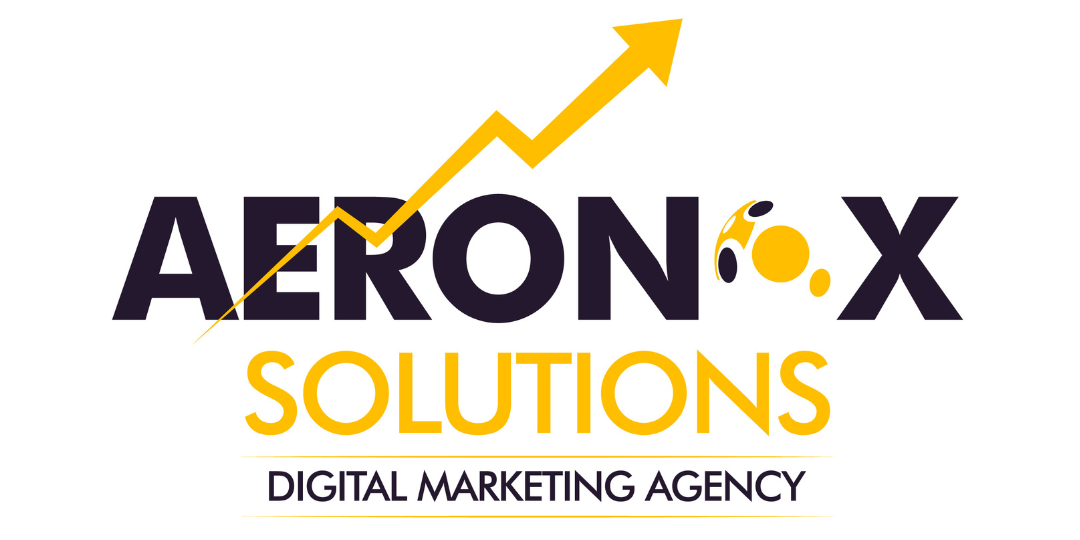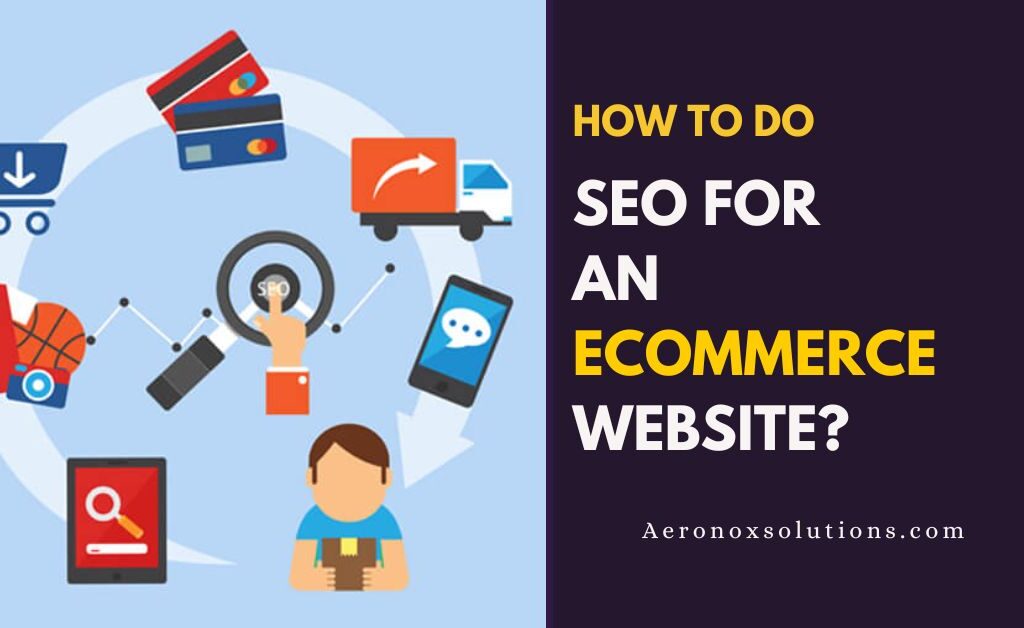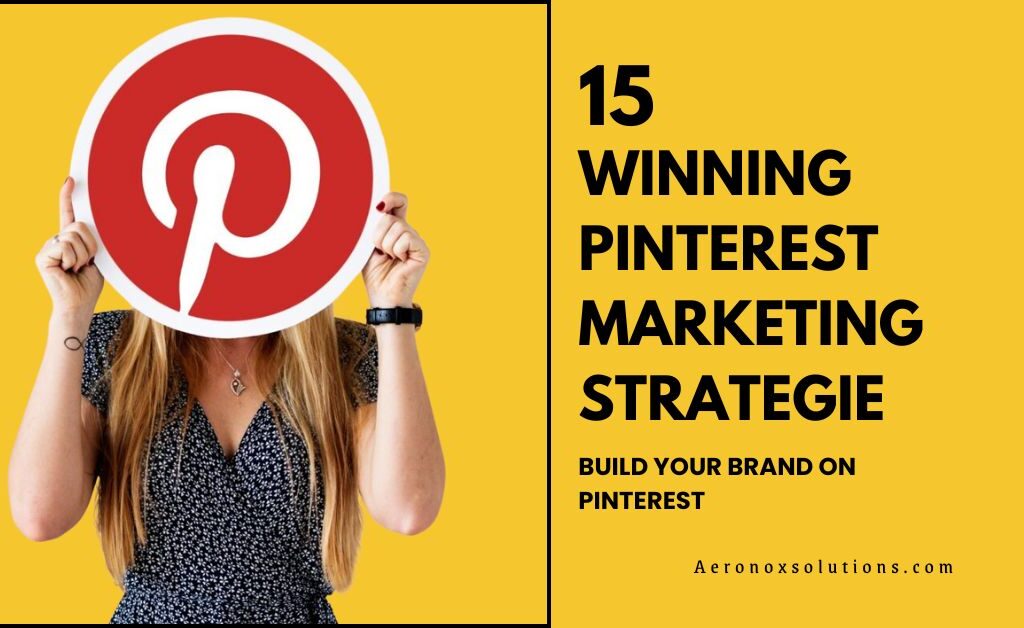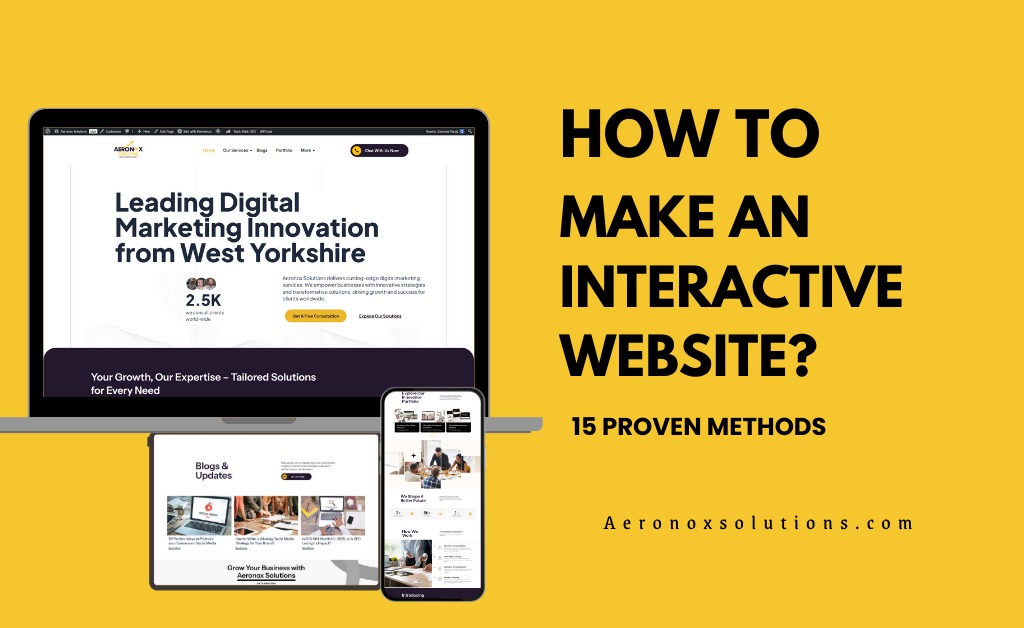How to Do SEO for an E-Commerce Website: 10 Steps Guide
How to do SEO for eCommerce Website? In the ever-evolving world of eCommerce, Search Engine Optimization (SEO) is no longer optional, it’s essential. With Google’s AI-driven innovations like the Search Generative Experience (SGE) reshaping how users interact with search results, staying ahead of the curve is more critical than ever. But how do you ensure your eCommerce website not only ranks high but also drives meaningful traffic and conversions? Moreover, if you’re running a niche store like a Fabric Suites/ Corner collection or managing a large online marketplace, the challenge remains the same: how do you improve SEO for new keywords without loosing your existing rankings? What if your site has limited pages, no blog, and low domain authority? The answer lies in a strategic blend of on-page optimization, technical SEO, and smart content creation. How to Do SEO for an eCommerce Website: 10 Steps Guide Target new keywords like “dog air freshener” or “custom photo car air freshener” without disrupting your current top rankings. Leverage your existing pages by adding optimized text, detailed product descriptions, and use-case scenarios. Build high-quality backlinks to boost your domain authority and overall SEO performance. Adapt to AI-driven search trends to future-proof your eCommerce SEO strategy. Ready to take your eCommerce SEO to the next level? Let’s dive in and unlock the secrets to driving more organic traffic, outranking competitors, and turning clicks into loyal customers. 1. Perform Keyword Research That Considers Buyer Intent Keyword research is the cornerstone of any successful SEO strategy, especially for eCommerce websites. But it’s not just about finding high-volume keywords, also, it’s about understanding buyer intent. What are your customers really looking for, and how can you align your content with their needs? Why Buyer Intent Matters Buyer intent refers to the purpose behind a user’s search. Are they: Researching: Looking for information or ideas? (e.g., “best Recliner Sofas”) Comparing: Evaluating options before making a decision? (e.g., “Recliner Sofas vs. Alaska Corner Leather Recliner Sofa”) Ready to Buy: Searching for a specific product or service? (e.g., “buy Alaska Corner Leather Recliner Sofa”) By targeting keywords that match these intents, you can create content that resonates with your audience at every stage of their buying journey. How to Perform Keyword Research for Ecommerce Website? Use SEO Tools: Leverage tools like Google Keyword Planner, Ahrefs, or SEMrush to identify relevant keywords. Look for terms with a balance of search volume, low competition, and relevance to your products. Analyze Competitors: Check what keywords your competitors are ranking for. Tools like Ahrefs’ “Competitor Analysis” can reveal gaps and opportunities. Focus on Long-Tail Keywords: These are longer, more specific phrases (e.g., “BEST RECLINER SOFAS FOR LIVING ROOMS ”) that often have lower competition and higher conversion rates. Group Keywords by Intent: Organize your keywords into categories based on intent (informational, navigational, transactional) to tailor your content strategy. Actionable Tips For Research Intent: Create blog posts, guides, or FAQs that answer common questions. For example, “How to Choose Sofa beds.” For Comparison Intent: Develop comparison pages or product roundups. For example, “Recliner Sofas vs. Alaska Corner Leather Recliner Sofa: Which Is Right for You?” For Purchase Intent: Optimize product pages with clear CTAs, pricing, and reviews. For example, “buy Alaska Corner Leather Recliner Sofa.” By aligning your keyword strategy with buyer intent, you’ll not only attract more traffic but also drive higher-quality leads that are more likely to convert. 2. Don’t Forget Long-Tail Keywords When it comes to eCommerce SEO, long-tail keywords are your secret weapon. While they may have lower search volume compared to short-tail keywords, they often deliver higher conversion rates and are easier to rank for. Why? Because they’re hyper-specific and closely align with what your customers are actually searching for. What Are Long-Tail Keywords? Long-tail keywords are longer, more detailed phrases that users type into search engines. For example: Short-tail keyword: “sofa” Long-tail keyword: “best recliner sofa for small living rooms” The long-tail version not only reveals the searcher’s intent but also provides a clearer picture of their needs, making it easier for you to tailor your content and products to meet those needs. Why Long-Tail Keywords Matter for eCommerce Lower Competition: Long-tail keywords are less competitive than broad terms, making it easier for your website to rank. Higher Conversion Rates: Users searching with long-tail keywords are often further along in the buying journey and more likely to convert. Better Traffic Quality: These keywords attract highly targeted traffic, ensuring that visitors are genuinely interested in what you offer. Budget-Friendly: If you’re running paid ads, long-tail keywords are often cheaper to bid on than short-tail ones. How to Find Long-Tail Keywords for Ecommerce Website? Use Google’s “People Also Ask” Feature: This section in search results reveals questions users are asking related to your main keyword. For example, if you sell recliner sofas, you might find questions like, “What’s the best recliner sofa for back pain?” Leverage Free Keyword Tools: Tools like Ubersuggest, Wordtracker, or AnswerThePublic can help you uncover long-tail variations of your main keywords. Analyze Customer Reviews: Look at reviews for your products or competitors’ products to identify phrases customers use to describe their needs. Check Google Autocomplete: Start typing a keyword into Google and see what suggestions pop up. These are often long-tail keywords users are actively searching for. Actionable Tips for Using Long-Tail Keywords Optimize Product Pages: Incorporate long-tail keywords into product titles, descriptions, and meta tags. For example, instead of just “recliner sofa,” use “small space recliner sofa with storage.” Create Targeted Content: Write blog posts or guides around long-tail keywords. For example, “Top 7 Recliner Sofas for Small Apartments.” Use in Ad Campaigns: If you’re running PPC ads, include long-tail keywords to attract more qualified leads. Examples of Long-Tail Keywords for Recliner Sofas “Recliner sofa with cup holders and USB ports” “Best recliner sofa for back pain under $500” “Leather recliner sofa for small spaces” “Electric recliner sofa with massage feature” 3. Optimize Product Pages to Improve Ranking Your product pages are the heart of your eCommerce website. They’re where customers decide what to buy, so it’s crucial to make them not only visually appealing but also SEO-optimized to rank higher in search results. A well-optimized product page







